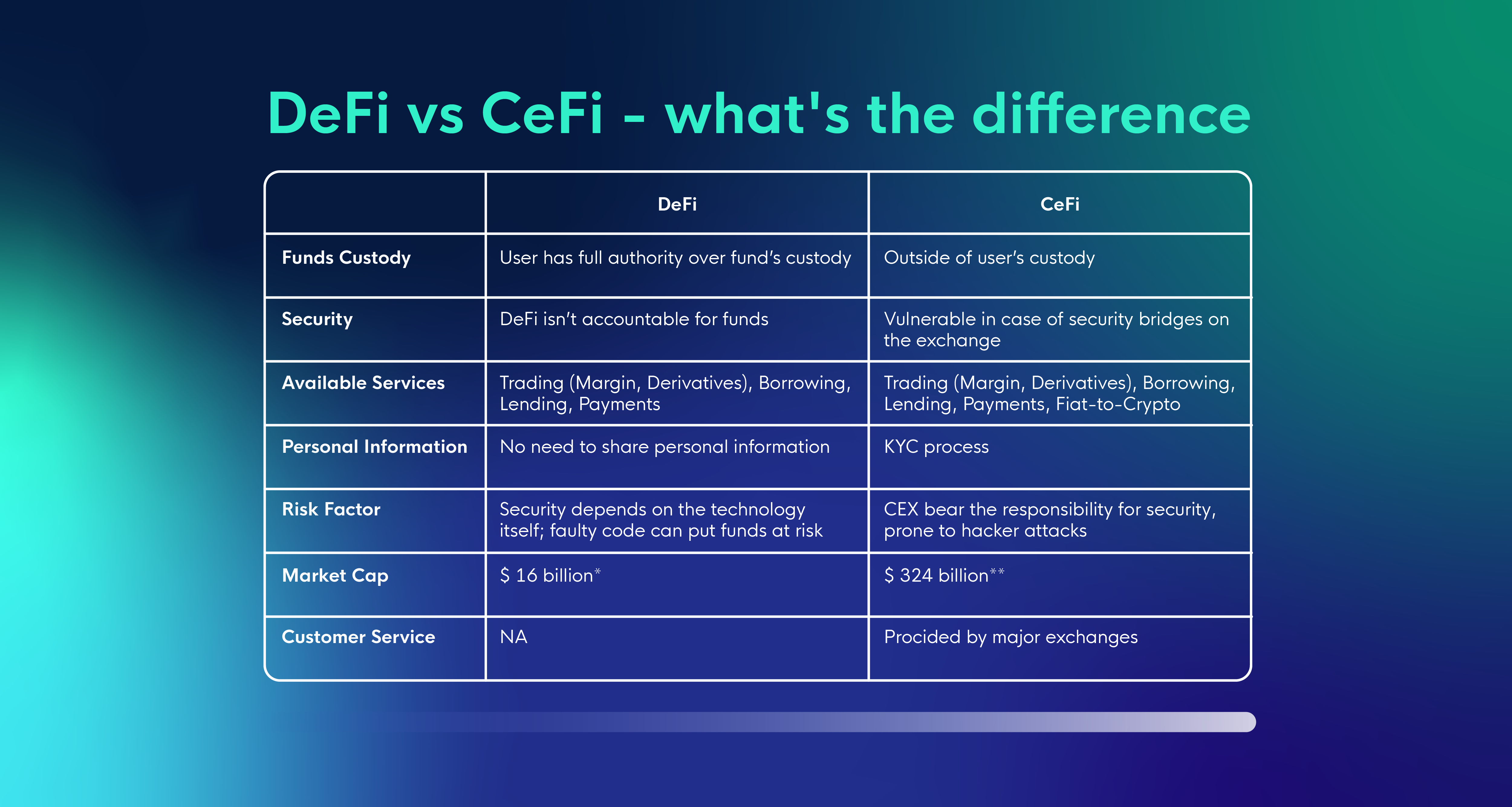How do you measure your trading strategies? How do you determine which trading strategy is superior to another one? Or worse yet – do you even measure the quality of your strategies in any way?
An alarming amount of people don’t do any such analysis at all. Somehow they are content watching their overall account balance and analyzing if they had a good week based on that. But could that also be the reason, why vast majority of traders are losing money in the long run? 🤔
Money Management is what makes or breaks traders
If someone told you they win 4 out of every 5 trades, would you assume they are profitable traders? This is a common fallacy we make about win rate. On its own, however, it is insufficient metric to judge a strategy on and is often used to skew your perception on a strategy quality by third parties (usually) trying to sell you some signals or their advisory services.
Simply put: If you want to be profitable in the long run, you need to start with money management. Understanding trade expectancy, good practices in risk management, and using the right analytic tools will help you perfect and compare your trading strategies. Not to mention give you confidence to execute with precision. What is often called “a lack of discipline” is really a lack of confidence, as the implemented strategies are not tested well enough, or you don’t know which analytics to look at as you’re trading to see if you’re meeting expectations.
This article will explore 3 crucial metrics that give you the basic overview of how your strategy is performing. Those are:
- Profit Factor
- Profit to Loss Ratio
- Average Profitability per Trade (APPT)
Profit Factor in trading strategies
Profit factor is your gross profit divided by the gross loss during the trading period on which the strategy is tested. Profitable strategies will have this metric over 1. It can help you determine the amount of profit per unit of risk. Putting it in practice:
Our strategy has a gross profit of $35,000 and gross loss of $10,000. The profit factor would be:
$35,000/$10,000 = 3.5
This is a fantastic profit factor. In case we want to compare it to a different strategy that had a gross profit of $30,000 and gross loss of $15,000 we will know that the second strategy has a profit factor of 2. This makes the first strategy a better pick in this respect.
In CLEO.one this data is readily available for all backtests and live traded strategies so you can compare with a single glance.

Profit to Loss Ratio
A profit to loss ratio refers to the size of the average profit compared to the size of the average loss per trade. For example, if your average profit is $1,500 and your average loss is $500 for a trade, your profit/loss ratio is 3:1 (1,500 divided by 500).
In CLEO.one we can easily calculate this from the Statistics tab of every backtested or traded strategy. Looking at the details of the strategy above we can see that our average profit was $753.47 and loss 310.67:

This puts our profit ratio at about 2.4:1.
There’s a lot of discussion of what the minimal acceptable ratio should be. This depends on the strategy style, market, duration of the trade (the longer we are in an open position, the higher the risk and therefore the higher expectation of profit for the increased risk), but also on average profitability per trade (APPT) that we will look at next.
Average profitability per trade
Average profitability per trade (APPT) is the average amount you can gain or lose on a trade. As you may be focusing on your profit to loss ratio and looking for a 2:1 ratio or a 3:1 ratio or even higher, your trading might suffer, or your comparison to another strategy may be incomplete if you do not take your APPT into account. Using the APPT formula we will examine why the profit and loss ratio can be misleading.
Below is the APPT formula:
APPT = (WP×AW) − (LP×AL)
where:
WP = Win Probability
AW = Average win %
LP = Loss probability
AL = Average loss %
Let us look at two examples to bring this home.
Average Profitability Per Trade – Example 1
You place 20 trades, and six of them are profitable while you realize a loss on fourteen. Your probability is 30%, meaning your loss probability is 70%. Your average winning trade makes $50, and your average loss is $25, with a 2:1 profit to loss ratio.
In this scenario, the APPT is:
= (50 * 0.3) − (25 * 0.7) =
= (15) – (17.5) = -2.5
So, with a profit to loss ratio of 2:1 $50 wins, versus $25 losses our APPT returned a loss of -2.5, which signifies that every trade you are likely to lose -$2.5, which is not a winning strategy.
Average Profitability Per Trade – Example 2
So, we examine the APPT again but with a differing profit/loss ratio of 1:3, however, this strategy has more winning trades than losing trades. From 20 trades, sixteen of them are profitable and four are losses. You gain $10 on each winning trade and lose $30 on each losing trade.
Here is the APPT:
= (10 * 0.8) − (30 * 0.2)
= (8) – (6) = 2
Even though this trading approach has a profit/loss ratio of 1:3, the APPT is positive, which means on each trade you can expect to win $2.
A higher profit to loss ratio does not necessarily translate into a winning portfolio as our trading results suggest. What is important is to have a sound strategy which has sound money management in place.
Below we have the readily available strategy attributes in CLEO.one. It consists of the Profit Factor, Sortino Ratio, Sharpe Ratio, and the Maximum Drawdown. The profit factor is the profit to loss ratio for this strategy. From here you can glean the profit/loss ratio and other important attributes that you can measure against other strategies until you find a balance of profit/loss and risk and reward that you are happy with.

Profit Factor, Profit to Loss Ratio, and APPT – Conclusion
Profit Factor, Profit to Loss Ratio and APPT are measures you can use when you need to be selective about your trading strategies or when you investigate them in depth. Yet it is important to include them all as you will get a true holistic picture of what you can expect in terms of profit.
At the end of the day what you are trying to achieve is a positive APPT and amounts of profit that exceed losses. Being able to check the metrics we just discussed helps you achieve that.
Consider what tools you are using. Sometimes having the numbers and not needing to do calculations every day helps you achieve that. You can get most for these for free in CLEO.one when you are backtesting, live trading, or paper trading.







